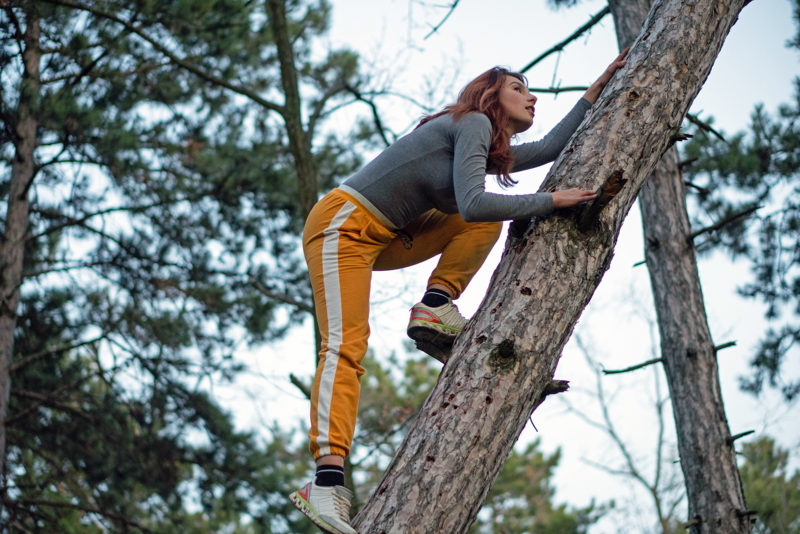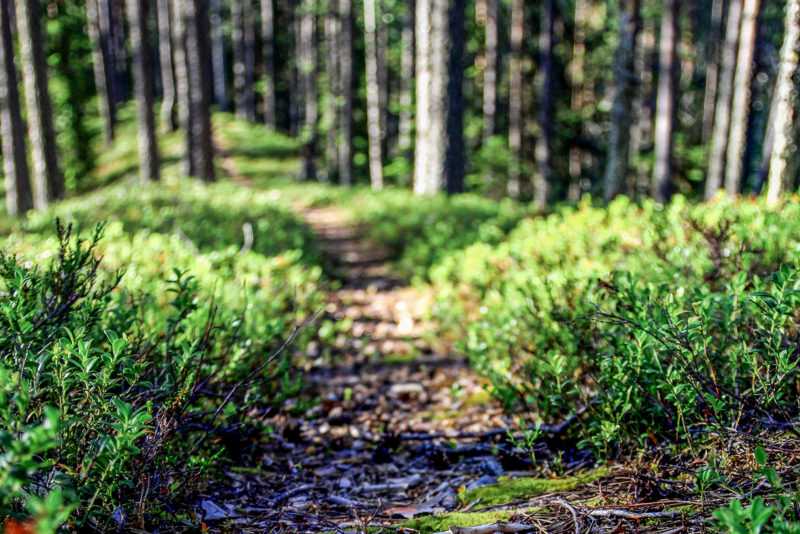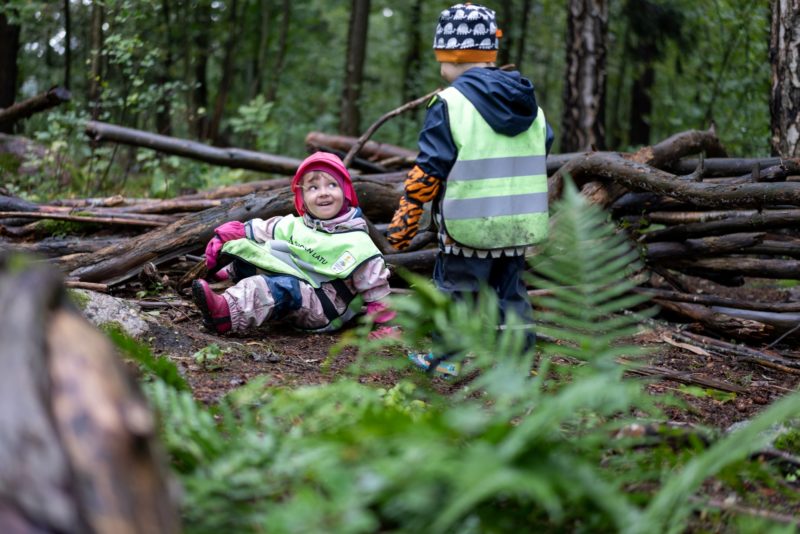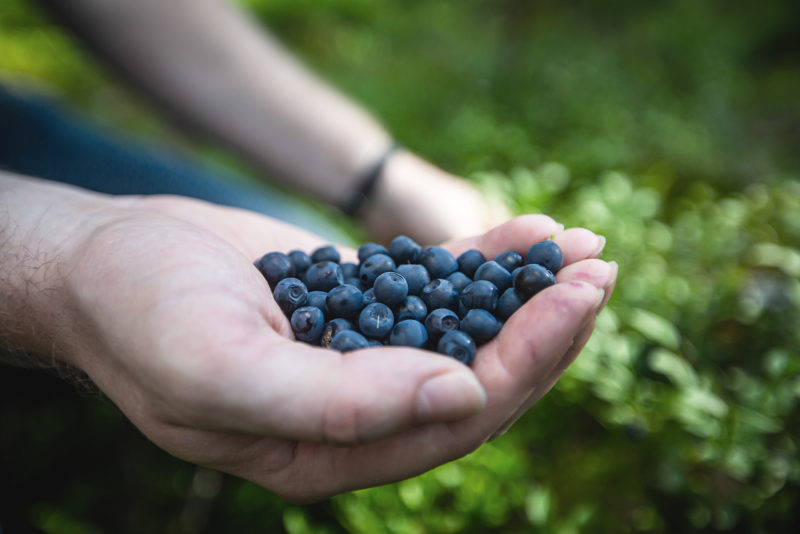For the sixth time, the happiest nation in the world – Finns are free to roam anyone’s forests

Research has shown that spending time in nature helps you to forget your worries and wind down. You feel happier and more upbeat. Finns are the keenest visitors to forests in the whole of Europe, and at the same time, Finland has topped the UN happiness survey for the sixth time in a row.
Finns repeatedly come out as the best in the UN’s World Happiness Report – could this be because of their special affinity to forests? Not for the first time, this was suggested during the forest sector’s joint communication project Forest Finland in 2020.
The question is sufficiently interesting to merit a closer study. The University of Eastern Finland announced in April that it will begin a survey to clarify the connection between the Finns’ happiness and their relationship to forests.
There is indeed no shortage of forests in Finland, nor of people who roam them. Three quarters of Finland’s land area are covered by forests, for the most part owned by private individuals and families. Most of these forests consist of ordinary commercial forest, though the area under strict protection is practically the size of Belgium, or 2.94 million hectares, corresponding to more than 13 percent of the total forest area.

Finnish forests can be freely visited by anyone. The freedom to roam (also called right to roam or everyman’s right) is extensive. In global terms, this is rare, though not unique. Similar rights exist in the Nordic countries and the Baltic republics, though not further south.
In a nutshell, the Finnish freedom to roam includes the right to move on foot, human-powered bicycle or horseback in a forest regardless of its ownership, the right to camp temporarily and to gather certain natural products, such as berries, mushrooms and wild flowers.
Using waterways and moving on ice in winter is allowed, even with mechanical vehicles. Bathing in natural watercourses is allowed, as is angling (without lures) and ice fishing.
Spending time outdoors brings enormous health benefits
In terms of the recreational use of nature, Finns are the most active nation in Europe.
’The Eurobarometer on sport and physical activity does not include Norway, and it may be that Norwegians are even more active,’ says Eki Karlsson, Executive Director of the Outdoor Association of Finland. Known in Finnish by the name Suomen Latu, the association is one of the largest Finnish NGOs promoting outdoor activities.
According to the EU barometer, 66 percent of Finns spend time in outdoor activities. Information from Natural Resources Institute Finland reveals that people between the ages of 15 and 80 who spend time in outdoor activities do so on average 182 times per year.

Roaming the forests is also beneficial. According to the Finnish medical journal Duodecim, ’there is fairly strong research evidence that roaming the forests has a positive effect on healthy people, especially as regards psychological effects’.
In contrast, whether diseases can be treated by outdoor activities is a little-researched topic. Still, roaming the forests is of great significance, especially for public health and disease prevention.
Freedom is not unlimited
The forests that Finns mainly visit are owned by the state, local authorities or other public bodies. Nevertheless, private forests are also important destinations, and no permission is needed to roam them either. ’It is interesting to know that up to one half of those visiting private forests for recreation are the owners’ neighbours,’ says Karlsson.

Anne Rautiainen, editor of the (Finnish-language) book ’Everyman’s right and the code of conduct on private land’ published by the Finnish Ministry of the Environment, considers that recreational use should not be limited to specific types of forests.
’National parks are good for people who are more mobile, while forests close to urban settlements are especially important for both the very young and the most senior citizens. Every day care centre and senior home should have access to a nearby forest,’ Rautiainen says.
Using the freedom to roam may not cause ’more than minor nuisance’ to the forest owner.
’This means that the nuisance must be concrete. Simply feeling upset is not enough. If you’re unsure, it’s always wise to ask for permission from the owner,’ Rautiainen says.
Some owners may not like it if, say, you climb the trees or ride a mountain bike in their forest.
’But you are allowed to climb trees, as long as you don’t break any branches. Mountain bikes are allowed, and even if biking makes a visible trail in the terrain it’s okay, as long as the tree roots are not harmed,’ Rautiainen continues.
Always get permission for open fire
The freedom to roam does not include the right to make an open fire – that is, a campfire – without permission from the landowner.
Camping is permitted in any area covered by the freedom to roam. However, areas marked for a specific use, such as fenced-in experiment plots, are out of bounds, and entering the garden or immediate vicinity of a dwelling or its outbuildings is not allowed.
Except for protected species, wild flowers may be picked. Berries may be picked, including juniper berries, even though they are actually cones. Other cones may not be gathered without permission, except from the ground. Mosses and lichens may not be gathered, but taking very small amounts of soil is allowed.

Smaller branches and twigs may be collected from the ground, as well as litter such as tree bark, for use in crafts or camping stove or as tent pegs. Breaking twigs or branches off a tree is not allowed, whether the tree is dead or alive or whether it is standing or fallen, even if permission has been given to make a fire. And, of course, you must not cut down trees.
Illegal to prohibit freedoms without grounds
As for the landowners, they may not prohibit the freedom to roam without statutory grounds. In fact, the Nature Conservation Act prohibits the setting up of signs restricting the use of an area without statutory grounds.
The freedom to roam applies to everyone, regardless of such factors as citizenship. It does not depend on the purpose of use, which means, for example, that you may carry on business activity, providing you do not cause nuisance to the landowner. Using the freedom to roam is not subject to any kind of payment and no permit or permission is needed.
’Even so, it’s always better to discuss any business activity with the landowner,’ says Rautiainen.
Rautiainen explains that the freedom to roam is widely accepted and under no kind of threat.
’The greatest threat are people who do not care, either landowners or those who visit forests. Infringements in this respect are also a very popular topic in the media,’ Rautiainen says.
’As for landowners, they are an important group among those who use the freedom to roam,’ Rautiainen concludes.